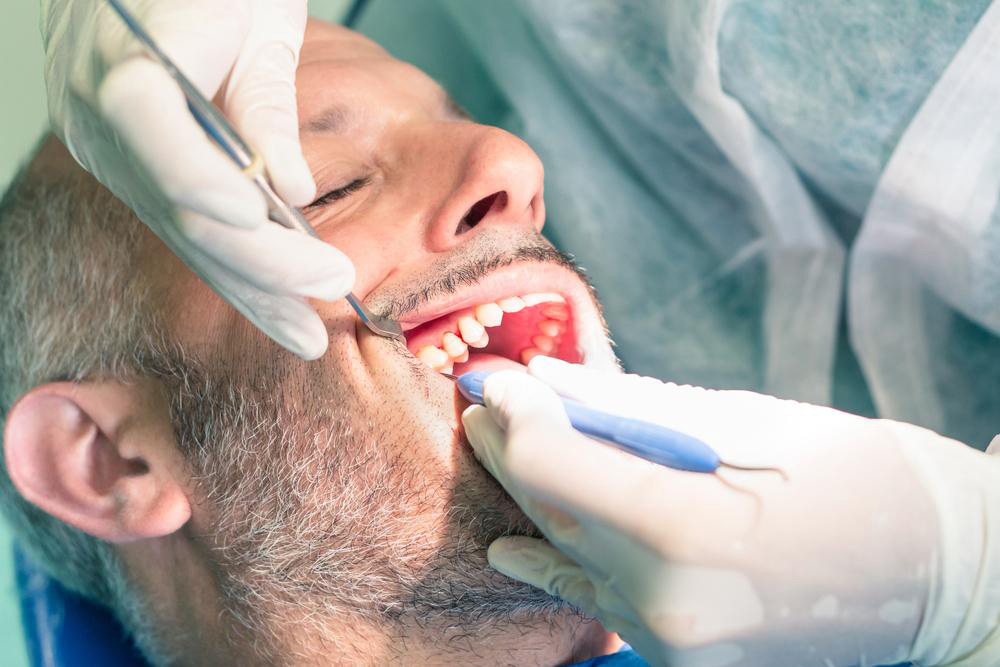Simple yet effective ways to prevent and remove dental plaque
Plaque is that sticky substance that deposits on your teeth along the gum line. When it gets hardened, it turns into tartar, which contains millions of bacteria. Plaque or tartar can harm your teeth enamel and even cause inflammation around gums. To retain healthy gums and teeth, it is critical to get rid of the plaque as and when it forms. This can prevent many future gum diseases and dental problems like tooth decay or cavities.

Proper brushing of teeth: While everybody knows that brushing is important for dental health, most do not know how to brush correctly. Proper brushing can remove plaque effectively and help prevent its formation. Dentists usually suggest using a soft brush with nylon bristles to brush right. It is also essential to keep replacing your brush after every quarter-year. If it is difficult to reach the deeper areas of your mouth, then you may choose electric brushes. Avoid hard scrubbing on teeth and brush in circular motions. Brush along the gum line as well as on the chewing surface and up-and-down behind each tooth. After some circular and back-and-forth motions, you will be able to clean all areas of your mouth. Ensure you clean your tongue too. Rinse your mouth thoroughly. Brushing this way twice a day and for at least 2-3 minutes each time will help you stay away from plaque.
Dental flossing: Flossing is the most effective technique to remove plaque. However, with the use of tools like a Waterpik water flosser, the process is not messy, yet detailed. Dental flossing removes all food particles, sticky substances, and bacteria-laden plaque from your gum line and between teeth. If you are using a manual flosser, work it up and down between the teeth, but do it softly. Skim it over the tooth surface to scrape the deposited plaque.
As it may be tiring to use a manual or traditional flosser, you may floss your teeth 2-3 times during a week. However, it is best to do daily flossing using a Waterpik water flosser or similar automatic flossers. This will save your time and make you reach the areas of your teeth where a toothbrush may not reach. Thus, you can prevent the formation of plaque or tartar more effectively.
Use of tartar-control toothpaste: Your toothpaste plays an important role in plaque removal. Thus, you should choose tartar-control toothpastes, made using mild abrasives. This helps to scrub off the plaque quite easily. It is best to prevent plaque from hardening and becoming harmful tartar, which can only be cleaned professionally.
Use of toothpicks: At medical drug stores, you can easily find thin wooden or plastic toothpicks. You may use these to clean the plaque. However, it must be done carefully so that you do not hurt or bleed your gums.
While there are several ways to prevent and remove dental plaque, the simplest ways include daily brushing and flossing in the right manner.